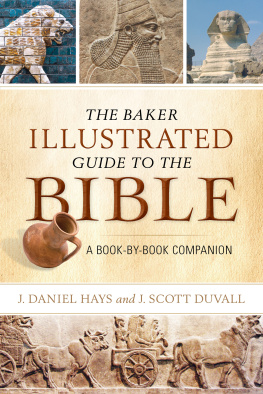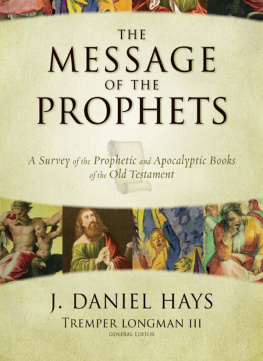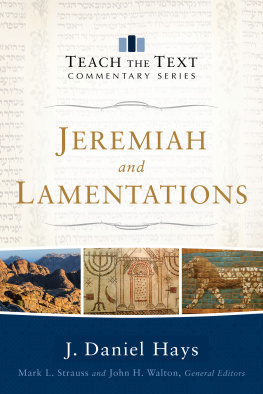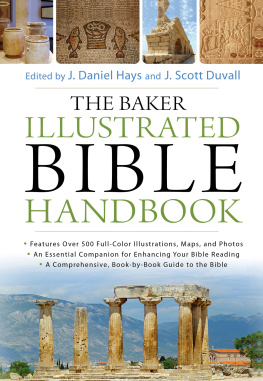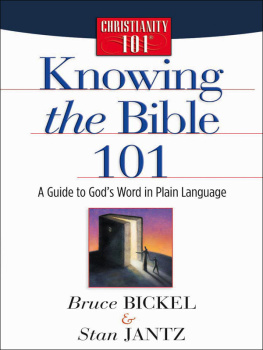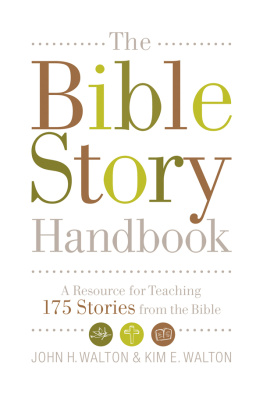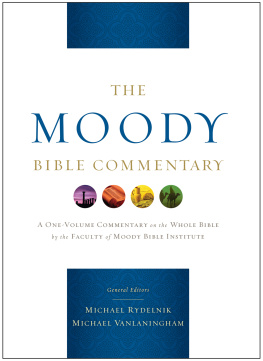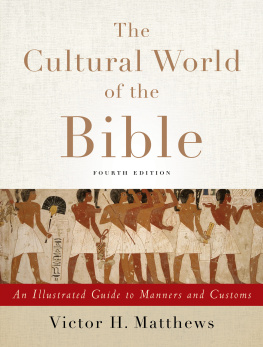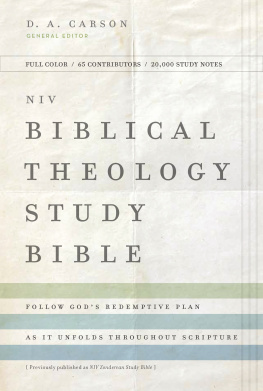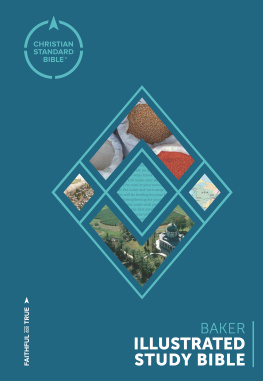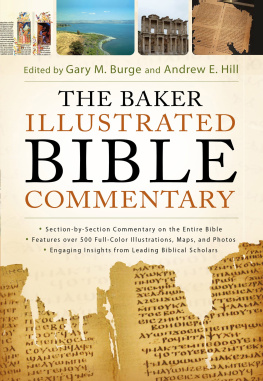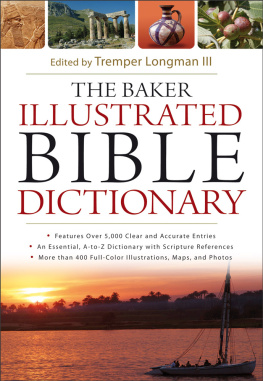What Is the Bible About?
Everyone has a story to live by. For Christians, two questions arise regarding this story: Which story tells the true story about God, our world, and life? and Does my story line up with the true story? What constitutes a basic story line is much the same in novels, TV shows, movies, and plays. Typically, the story opens with things going well. The characters are introduced, and we are given essential background information. Everything is good (or at least stable) at the start, but then a problem or crisis threatens the characters and their future. Much of the story is taken up with solving this problem (conflict resolution). Usually, during this period of resolution, the tension builds to a critical point (the climax), and the heart of the problem is solved. Finally (though this may take awhile), the resolution is worked out so that things are not just good but great. When there is no happy ending, the story is called a tragedy. The phases of a grand story are summarized as follows:
- Openingsetting provided and characters introduced
- Problemconflict threatens the well-being of the characters
- Resolutionsolving the problem
- Climax within resolution phasemost intense conflict followed by solution to heart of problem
- Closingresolution worked out for the characters
The Bible claims to be Gods story for the whole world. In the Bible we find the one grand story that best explains reality:
- OpeningGenesis 12
- ProblemGenesis 311
- ResolutionGenesis 12Revelation 18
- Climax within resolution phaselife, death, and resurrection of Jesus Christ
- ClosingRevelation 1922
To put the grand story of the Bible into a memorable format, consider the outline below, which uses the k sound:
Creation The story begins with the creation of the world and human beings (Gen. 12).
Crisis When tempted by Satan, humans choose to satisfy self and rebel (or sin) against God. Sin brings disastrous and deadly consequences: pain, suffering, death, and separation from God (Gen. 311).
Covenant God begins to solve the sin problem by choosing Abraham and establishing a covenant with him so that he might become the father of a people who will worship God. God wants to make Abraham into a great nation and use this one nation to bring the rest of the world into a relationship with himself (Gen. 12, 15, 17).
Calling out Genesis tells the story of the patriarchs: Abraham, Isaac, Jacob (Israel), and Joseph. Through a series of events the patriarchs move to Egypt, and their small group grows into a nation, but they become enslaved. God uses Moses to deliver his people from slavery through the exodus event. Gods miraculous deliverance of his people from bondage in Egypt becomes a pattern that foreshadows Gods ultimate deliverance of his people from spiritual slavery.
Commandments After God rescues his people, God enters into a covenant with them (the Mosaic covenant). He gives them the law (summed up in the Ten Commandments) and calls his people to holiness. Gods expectations for his covenant people are spelled out in the book of Deuteronomy.
Conquest God uses Joshua to help his people take the promised land (Canaan).
Kingdom Gods people acquire a king. Samuel becomes the link between the judges and the kings of Israel. The first king is Saul, followed by David and Solomon.
Kingdom divided After Solomon, a civil war leads to the division of the kingdom: Israel = northern kingdom, Judah = southern kingdom. There are many kings; some are good but most are bad.
Captivity Because Gods people have failed to worship him alone, they face terrible judgment, including the loss of the promised land. Their enemies take them captive. Israel is conquered by the Assyrians in 722 BC, while Judah is conquered and taken captive by the Babylonians around 586 BC.
Coming home The people finally return from exile under Zerubbabel, Ezra, and Nehemiah (538430 BC).
Christ (climax to the story) About four hundred years later God sends his Son, Jesus the Christ, to save his people from their sins. Jesus announces the coming of Gods kingdom through his teachings and miracles. His death and resurrection form the climax to the biblical story.
Church Those who accept Jesus become part of the churchthe people of God comprised of both Jews and Gentiles. God continues to use his people to extend his offer of salvation to a sinful world.
Consummation God closes history with a final victory over evil. Those who have rejected God will suffer judgment while those who have accepted him will live with him in a new heaven and new earth. Gods promises are now fulfilled (see Rev. 1922 and esp. 21:14).
The Bible is a collection of sixty-six books, but it also functions like a single book. The Bibles great story answers the basic questions of life better than any other story because its true. We can count on it. When a person comes to faith in Christ, he or she is basically saying, I want Gods story to become my story. Thats what conversion isembracing the great story of Scripture as our personal story.
How Is the Bible Organized?
The English word bible comes from the Greek word for books or scrolls: biblia (plural). In 2 Timothy 4:13, Paul asks Timothy to bring his books ( biblia ) when he comes to visit him in prison. Our word Bible is singular because it refers to the entire collection of sixty-six books: thirty-nine in the Old Testament (books about Gods relationship with Israel) and twenty-seven in the New Testament (books about Jesus and the early church). Grouping the books as follows helps understand how they are arranged and what they contain.

